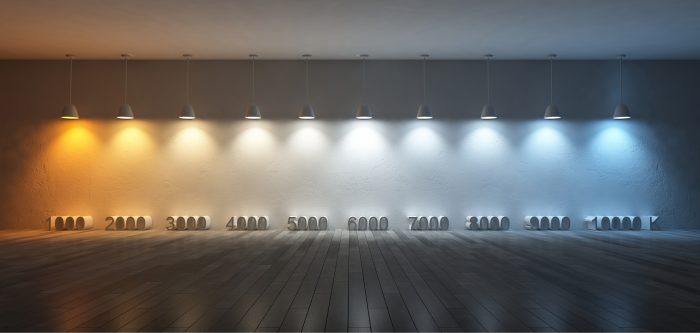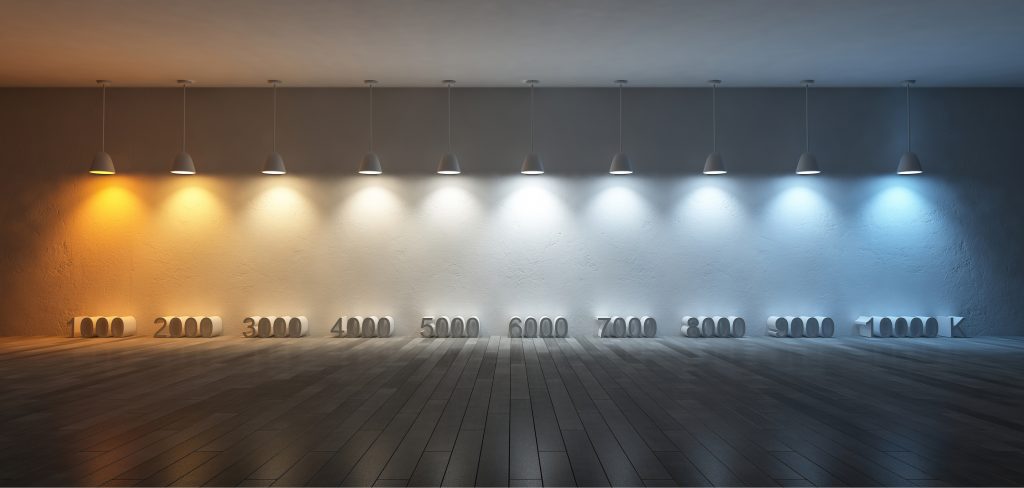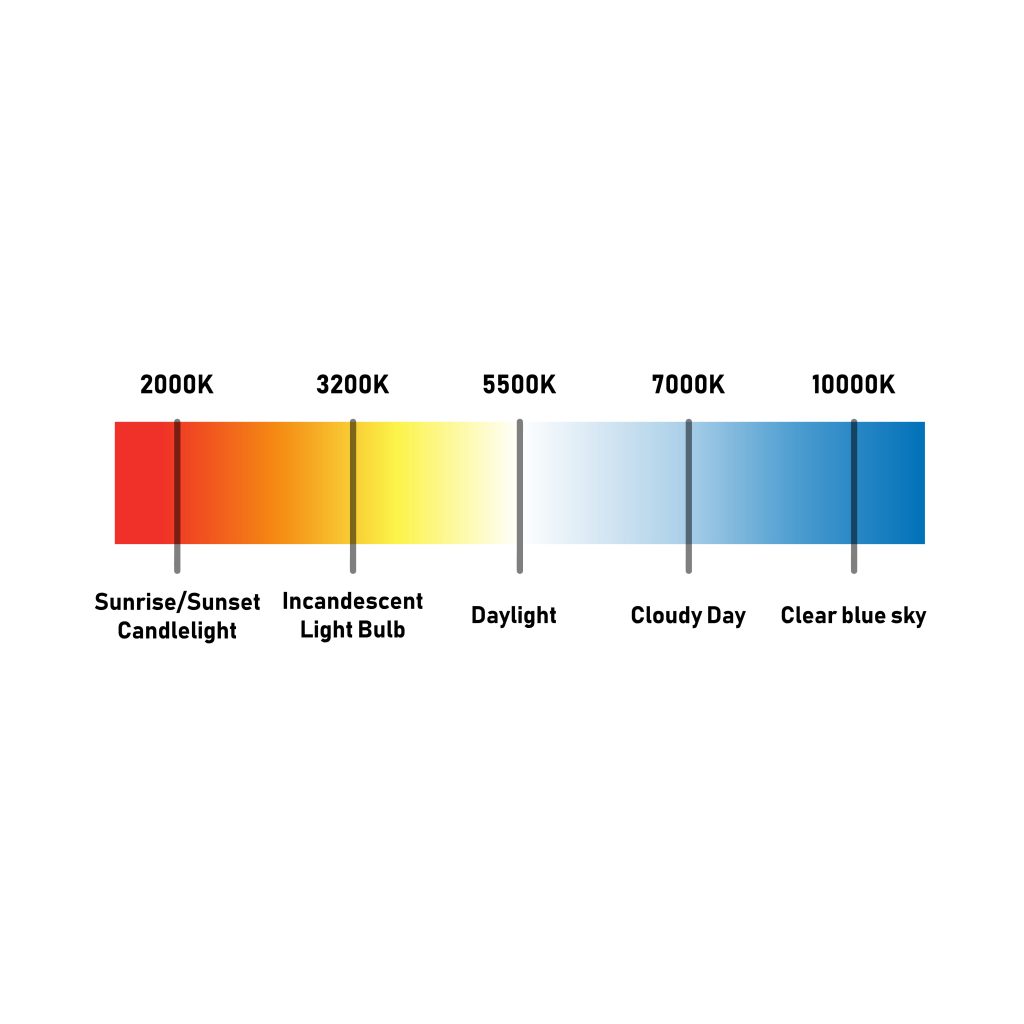
The Easiest Way to Boost Productivity (that you’ve never heard of)
We promise that we can show you a super-easy way to boost your productivity. Hang with us as we lay a little bit of background, but don’t worry. It’ll be worth it (an much easier than you think).
Sooo… have you ever heard of the Kelvin scale? Vaguely familiar? Blank? Well, not to worry…most of us retain don’t retain a lot from science classes, but believe it or not, it is an integral part of our daily experience. In fact, even a very basic understanding of the Kelvin scale, and applying it in your home lighting can improve your mood, productivity, and even long-term health. Yes! All from lighting. Read on for some applicable science and a few trivia-friendly facts from your friends here.
1. What It Is
Let’s start with the very basics. What is the Kelvin scale? Most used as a temperature measurement that ranges from absolute zero to the heat of the sun, Kelvin also measures the color temperature of light, both artificial and natural. Its applications are widespread, stretching from astrology to photography to biology.

There is plenty of in-depth science to explain how one scale can measure the temperature of celestial bodies and also classify light bulbs… But for now, let’s just keep it super simple to understand the basic concept. Just imagine an experiment where a metal is subjected to various levels of heat.
Depending on the Kelvin temperature (amount of heat that it absorbs), the metal glows in colors such as amber, yellow or blue. So, a certain temperature of heated metal = certain color of light emitted. So even though light bulbs don’t usually function at those exact temperatures, we use Kelvin because it’s an exact way to classify the color of light emitted by different light sources. Kelvin then is the color of light…and as it turns out…it matters a lot.
2. Why It Matters

Moving on from the background science… Why worry about the Kelvin and color of light? First, check out the scale itself. (The higher the number, the cooler/bluer the light. The lower the number, the warmer/redder the light.) Color temperatures of the Kelvin scale range from 1,000K-10,000K.
- 1000K-1900K is candle light hue
- 2000K-2900K is a warm, yellowish white.
- 3000K-4500K is a cool white.
- 4600K-6500K is comparable to daylight.
- Above 6500K the light has increasingly more blue tones.
- 10,000K is the color of the blue sky.
Imagine if your home was lit only by candles, or if it was constantly filled with bright daylight. Because our bodies are programmed to react to different light temperatures in different ways, it makes a huge difference in your mood, energy, daily tasks, ambiance, ability to concentrate, and even your sleep. This is not to say that any one type of light is better than another—simply that the color temperature impacts us…. the functionality and atmosphere of our homes and workplaces.
Different light bulbs emit different colors. Not all light bulbs are created equal. And the color of light emitted by your light bulbs is making its impact right now, though it may go unnoticed. Excessively cool tones, insufficient quantity of light, or excessive artificial light before sleep can impact mood, productivity, and even increase chances of disease. Fortunately, your new knowledge of the Kelvin scale can help you fine tune your home lighting.
3. How to Use It

Thanks to a little help from science, you can use the Kelvin scale to choose lighting that maximizes your health and productivity at home. Consider your daily activities and form a home lighting plan that suits your family’s needs—which rooms are meant for productivity, and which for relaxing?
In residential lighting, the most common color temperatures that people use and prefer are 2700K to 3000K. Why? Warmer colors create an atmosphere of coziness, calm, and comfort. Consider warm lighting for your bedrooms, family room, and other rooms for social gathering. For an office, garage, or workspace, cool lighting can create a more clean, precise atmosphere to facilitate productivity.
As for the kitchen, bathrooms, laundry ad hobby rooms where you need most productive so it’s a good choice to mimic natural light around noon with warmer light around 3000-4000K.
Here is an easy rule to follow:
In areas where you need higher degrees of concentration and productivity, you need a higher Kelvin (up to 3500-4000k), where you need lower levels of concentration and productivity, use a lower Kelvin (1500k – 3000k).
Need advice? Feel free to discuss your ideas with one of our lighting experts. We’re here to help you build a home atmosphere that’s best for you.
